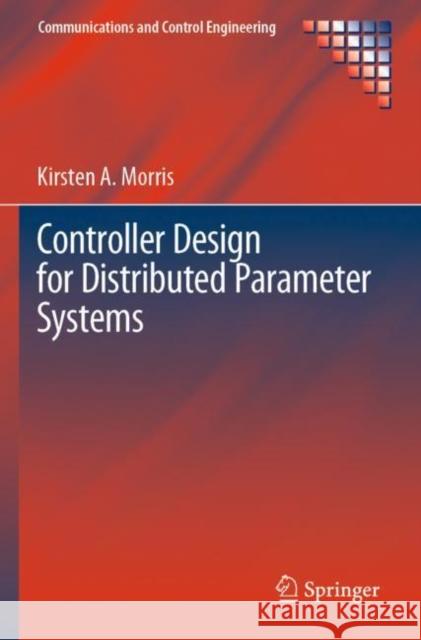Controller Design for Distributed Parameter Systems » książka
topmenu
Controller Design for Distributed Parameter Systems
ISBN-13: 9783030349516 / Angielski / Miękka / 2021 / 287 str.
Controller Design for Distributed Parameter Systems
ISBN-13: 9783030349516 / Angielski / Miękka / 2021 / 287 str.
cena 497,71 zł
(netto: 474,01 VAT: 5%)
Najniższa cena z 30 dni: 497,71 zł
(netto: 474,01 VAT: 5%)
Najniższa cena z 30 dni: 497,71 zł
Termin realizacji zamówienia:
ok. 20 dni roboczych.
ok. 20 dni roboczych.
Darmowa dostawa!
Kategorie:
Kategorie BISAC:
Wydawca:
Springer
Seria wydawnicza:
Język:
Angielski
ISBN-13:
9783030349516
Rok wydania:
2021
Wydanie:
2020
Numer serii:
000397793
Ilość stron:
287
Oprawa:
Miękka
Wolumenów:
01











